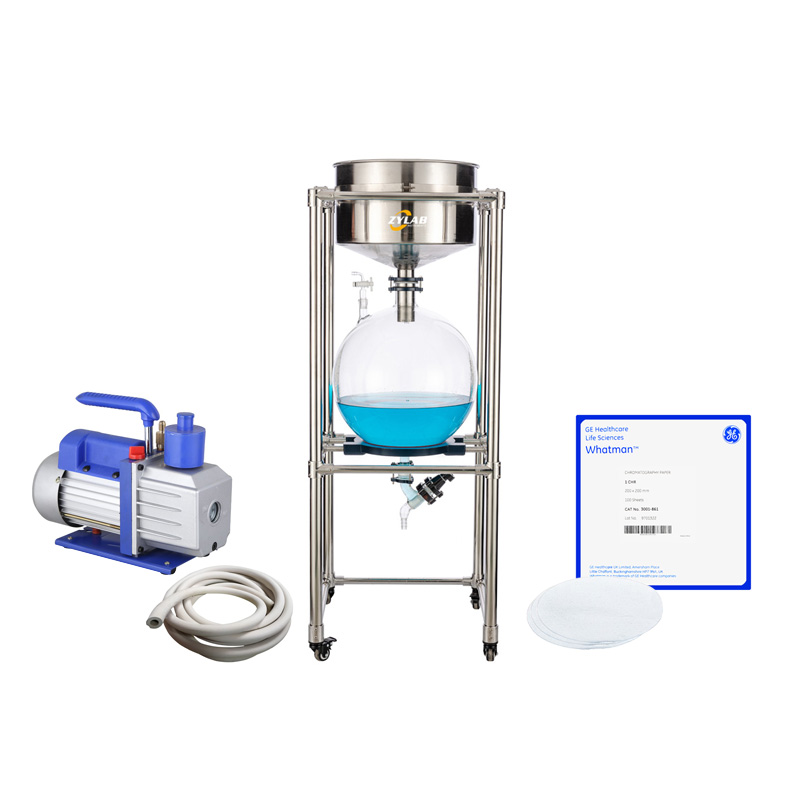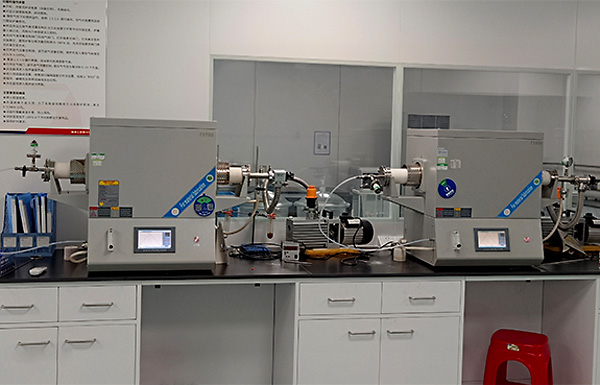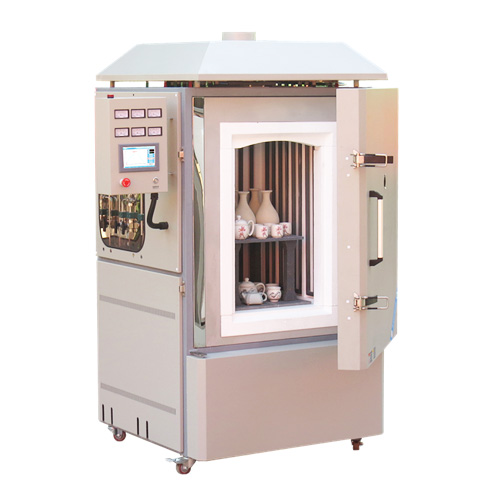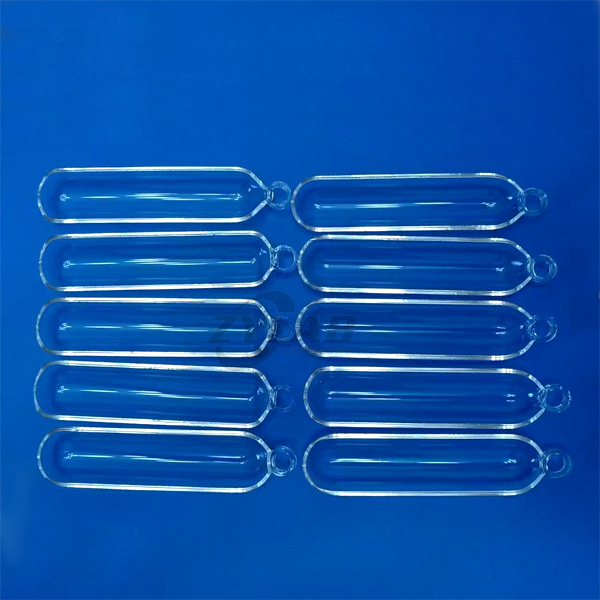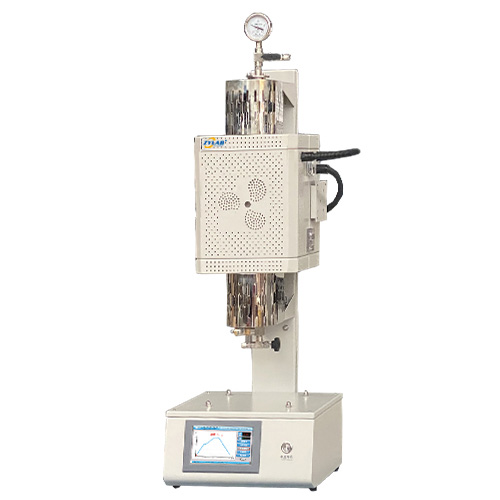Table of Contents
Introduction
What is a Microporous Filter Membrane?
A microporous filter membrane is a thin film used for filtering liquids or gases, featuring numerous tiny pores or channels on its surface. The sizes of these pores typically range from submicron to several microns, enabling the membrane to effectively filter out larger molecules or particles while allowing smaller molecules or solutes to pass through.
Microporous filter membranes are commonly employed for separating and filtering suspended solids, bacteria, viruses, microorganisms, or other particulates, as well as in various other applications in biotechnology, food and beverage production, pharmaceuticals, electronics, and chemical industries.
These membranes can be made from different materials such as polypropylene (PP), polytetrafluoroethylene (PTFE), polyamide (nylon), and others. The specific choice depends on factors such as the required filtration efficiency, chemical stability, temperature resistance, and other considerations.
Characteristics of microporous filter membranes
Microporous filter membranes have various characteristics that make them widely used in various filtration and separation applications. Here are some main characteristics of microporous filter membranes:
Precision filtration: Microporous filter membranes have precise pore sizes and pore structures, which can effectively filter out impurities and particles other than the target substance, achieving efficient separation and purification.
Selectivity: By adjusting the pore size as needed, selective filtration of molecules or particles of different sizes and types can be achieved to meet the requirements of different applications.
High throughput: Microporous filter membranes have a large filtration area and high throughput, capable of processing large volumes of liquid or gas while maintaining stable filtration efficiency.
Chemical stability: Common microporous filter membrane materials such as polymers and ceramics have excellent chemical stability, able to withstand a certain range of acidity, alkalinity, solvent, or temperature changes, suitable for applications in various chemical environments.
Mechanical strength: Microporous filter membranes typically have high mechanical strength and wear resistance, able to withstand certain operating pressures and shear forces, maintaining stable filtration efficiency.
Reusability: Some microporous filter membranes are washable and reusable, saving costs and reducing waste generation.
Transparency: Some microporous filter membrane materials have good transparency, suitable for observing the filtration process or applications requiring high transparency.
Diversity: Microporous filter membranes can be selected according to different application requirements such as materials, pore size, and morphology, demonstrating high applicability and flexibility.
Classification of Microporous Filter Membranes
Based on Pore Size
The pore size of microporous filter membranes is one of the key factors determining their filtration efficiency. Different pore sizes of membranes can be used to filter particles or microorganisms of different sizes. Common microporous filter membrane pore sizes include 0.22 μm, 0.45 μm, 0.8-1.0 μm, and 1-5 μm, and different applications require selecting membranes with different pore sizes.
0.22 μm Membrane: This is a commonly used microporous filter membrane, typically used for filtering bacteria. Membranes with this pore size can effectively filter out most common bacteria and are often used for sterile filtration.
0.45 μm Membrane: Membranes with this pore size are typically used for filtering most bacteria and some small particles. They are also frequently used for sample preparation, such as removing small particles from samples in High-Performance Liquid Chromatography (HPLC) analysis.
0.8-1.0 μm Membrane: Membranes with this pore size are typically used for filtering larger microorganisms and particles, such as yeast and molds.
1-5 μm Membrane: Membranes with this pore size are typically used for filtering large particles, such as cells, aggregates, precipitates, etc.
Based on Solvent Properties
Hydrophilic Microporous Filter Membranes: Suitable for filtering water-based or polar solvents, such as water, alcohol, etc. Hydrophilic microporous filter membranes have good adsorption and filtration effects on water and polar molecules.
1. Polyamide (Nylon): Nylon microporous filter membranes have good hydrophilicity and are suitable for filtering water-based solvents, such as water, alcohol, etc.
2. Polypropylene (PP): Although PP itself is hydrophobic, it can be made hydrophilic by surface treatment or adding surfactants, suitable for filtering water-based solvents.
3. Polytetrafluoroethylene (PTFE): Although PTFE itself is hydrophobic, its surface can be made hydrophilic through special treatments such as adding surfactants or surface modification, suitable for some special water-based solvent filtration applications.
Hydrophobic Microporous Filter Membranes: Suitable for filtering non-polar solvents, such as oil, petroleum ether, etc. Hydrophobic microporous filter membranes have good repulsion effects on non-polar molecules, effectively filtering non-polar solvents.
1. Polytetrafluoroethylene (PTFE): PTFE has excellent hydrophobicity and is one of the common materials for hydrophobic microporous filter membranes. It is resistant to high temperatures and chemical corrosion and is commonly used for filtering organic solvents and corrosive liquids.
2. Fluorinated Polymers (such as fluorinated polyester): Fluorinated polymers also have good hydrophobicity and chemical resistance, suitable for some special solvent and high-temperature filtration requirements.
Chemically Inert Microporous Filter Membranes: Suitable for filtering acidic or alkaline solvents or solvents with chemical activity. Chemically inert microporous filter membranes have good tolerance and chemical stability to various chemicals, able to withstand erosion from acidic or alkaline solutions and other chemicals.
Universal Solvent-Compatible Microporous Filter Membranes: Suitable for filtering multiple types of solvents, with good versatility and applicability, widely used in filtering different types of solvents.
Applications
What are the applications of microporous filter membranes?
Due to their unique pore structure and material properties, microporous filter membranes have wide applications in many fields. Here are some common applications of microporous filter membranes:
Liquid Filtration: Microporous filter membranes are commonly used in liquid filtration, such as water treatment, industrial wastewater treatment, clarification, decolorization, and deodorization in beverage and food production.
Gas Filtration: Microporous filter membranes are used in gas filtration, such as air purification, gas separation, automotive exhaust gas control, etc.
Biomedical Field: In the biomedical field, microporous filter membranes are used for cell culture, bioseparation, blood filtration, drug delivery, etc.
Pharmaceutical Industry: Microporous filter membranes are used for particle removal, solvent filtration, formulation purification, etc., in pharmaceutical production.
Electronics Industry: In the electronics industry, microporous filter membranes are used for liquid crystal display manufacturing, gas and liquid filtration in semiconductor production.
Food and Beverage Industry: Microporous filter membranes are used for concentration, clarification, decolorization, and other processing in the food and beverage industry.
Oil-Water Separation: Microporous filter membranes are used for oil-water separation, such as in oilfield wastewater treatment, industrial wastewater treatment, etc.
Environmental Protection: Microporous filter membranes are used for air purification, water treatment, and other applications in the field of environmental protection.
Vacuum Filter Using Microporous Filter Membranes
How to Choose Microporous Filter Membranes?
Selecting microporous filter membranes involves considering several factors, including the following:
Pore size: Choosing the appropriate pore size is crucial and depends on the size of the substance you need to filter.
Membrane material: The material of the membrane is also an important selection factor. Different materials have varying chemical stability, thermal stability, and mechanical strength.
Flow rate and pressure: The flow rate and pressure of the membrane are important parameters that determine its performance. High flow rate and low-pressure membranes are generally more suitable for large-scale industrial applications.
Resistance to fouling: The resistance to fouling of the membrane is a crucial factor in determining its lifespan. If the liquid you need to process contains a large amount of suspended solids or particles, you may need to choose a membrane with high fouling resistance.
Cost: The price of the membrane is also a factor to consider. While meeting application requirements, it’s important to choose a membrane with a high cost-performance ratio.
Compatibility: The membrane needs to be compatible with other components of the filtration system (such as pumps, pipelines, etc.) to ensure the efficiency and stability of the entire system.
Overall, microporous filter membranes are important separation and filtration tools, and choosing the right membrane is crucial for the success of experiments and production processes.

